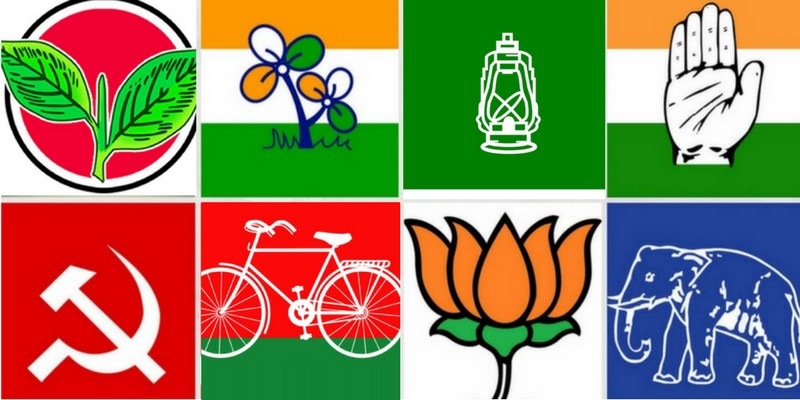

ISideWith, according to its survey, predicted 68% of voters would be pro-choice, with 32% being pro-life. ISideWith provided surveys and questionnaires for Irish users in recent years, notably in the referendum on whether to repeal the Eighth Amendment. These variables include factors such as: How often the candidate talks about the issue, is it a top priority in their platform, how similar is the "similar" stance to their official stance) and confidence factors (How long has the candidate held this stance, have they changed this stance in the past, does their voting record and history affirm this stance). How does ISideWith use answers in a quiz to assess one’s political views?įrom its website: Your answers are matched to each candidate’s answers based on a variable percentage scale. The Political Party Quiz (which is the one we’re speaking about here) gives information on a person’s region, district, party affiliation, ideology, language, or historical trends. The quiz is intended to be instructional and be apolitical.”Īccording to their website, iSideWith says in Ireland 157,523 voters have used their services to find their candidate match. Since 2012, over 50 million people worldwide have taken the 20-to-100 question survey, rating their beliefs on everything from tax policy to abortion. Who is providing this?įrom its website, it claims to “ be the provider of the largest dataset of political opinions in the United States.
#POLITICAL PARTY QUIZ 2020 PLUS#
Videos, images and posters popping up on social media sites, plus news stories shown on their social media sites, such as Facebook, Instagram or Twitter feeds. It’s a lot more efficient to target your advertising at two people who are undecided as opposed to using a shotgun-approach and targeting ten people, the majority of whom might have very different ideals to certain candidates. Disregard three of the remaining five here, leaving us with two open to being persuaded to vote a certain way. However, there’s no point targeting people with views adverse to your own. The remaining half could be open to being swayed. Of the ten, half might be aligned with political parties, candidates or views already. In cases where a user is potentially open to being swayed, the information from the quiz might suggest that they’d suit a certain candidate. The data from the quiz might align with information FB and others already have on you. However, if the user already follows a number of parties – or none at all, it could be implied that they’re still undecided or are open to being swayed when it comes to polling day. If ten people took this quiz, the data – including all the social media data available on a user already – could paint a picture of what party the user follows or is likely to vote for.Īs an example, if a Facebook user had previously clicked like on pages associated with Fine Gael and its councillors and TDs, commented on posts and interacted with the party’s content, then it’s likely they’ll be voting for Fine Gael. How could the results of this quiz benefit a political party or candidate?

If a person were extreme right-wing, any money spent by left-leaning candidates on trying to convince them to vote for them would be money wasted. Many listeners might be asking - what is the relevance of answering these questions? How would answering those questions categorise you as a potential supporter of a certain candidate?Ĭonsider if I gave answers which were more conservative or capitalist, the information gathered might show that I’d be more susceptible to adverts promoting right-wing ideas.Ĭonversely, if I were answering questions that were liberal or supporting reformative ideals, then I’d be more left-wing – and ripe for advertising from left-leaning candidates and parties. Should every 18-year-old be required to provide at least one year of military service? - Should the minimum voting age be lowered? - Do you support the legalisation of some drugs? - What is your stance on abortion? China said it would lower its carbon dioxide emissions per unit of GDP by over 65 percent from the 2005 level, increase the share of non-fossil fuels in primary energy consumption to around 25 percent, increase the forest stock volume by 6 billion cubic meters from the 2005 level, and bring its total installed capacity of wind and solar power to over 1.2 billion kilowatts for 2030 at the summit. Heads of state and government from over 70 countries took part in the virtual Climate Ambition Summit – hosted by Britain, France, Italy, Chile and the United Nations – and announced greater efforts in cutting the greenhouse gas emissions that fuel global warming.

Chinese President Xi Jinping said China would become a carbon-neutral country by 2060 in September, and vowed further commitments for the year _ at the Climate Ambition Summit held on December 12.


 0 kommentar(er)
0 kommentar(er)
